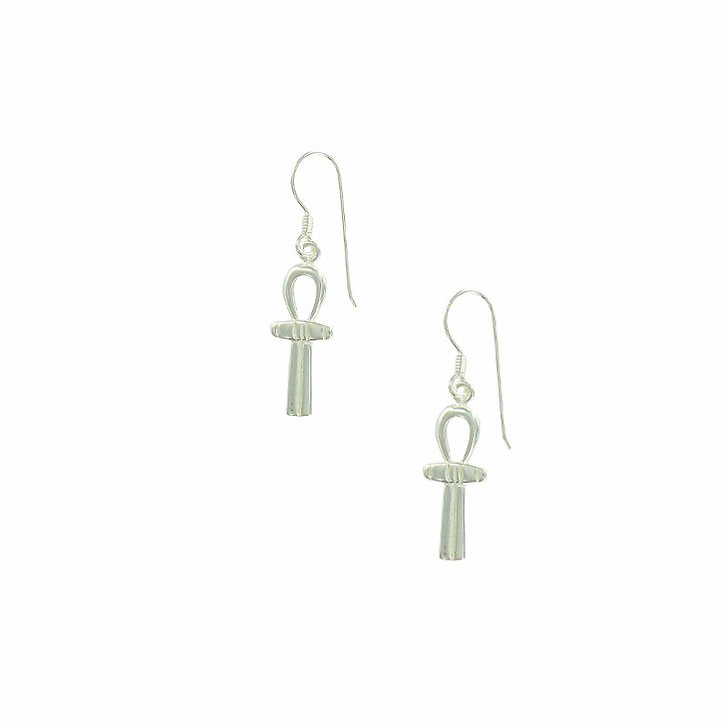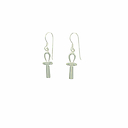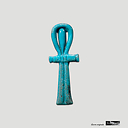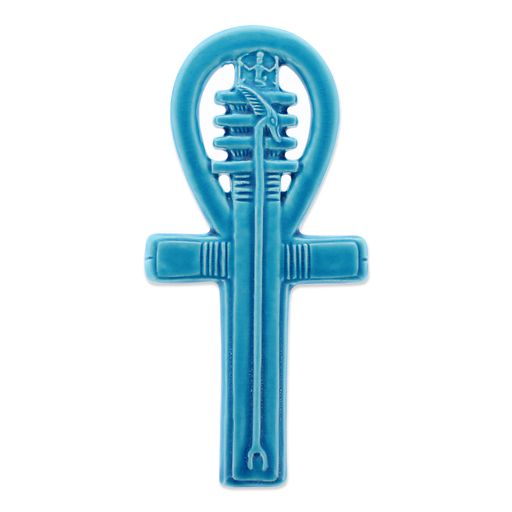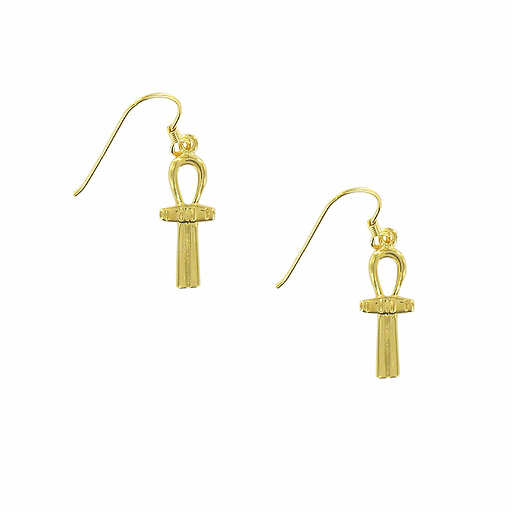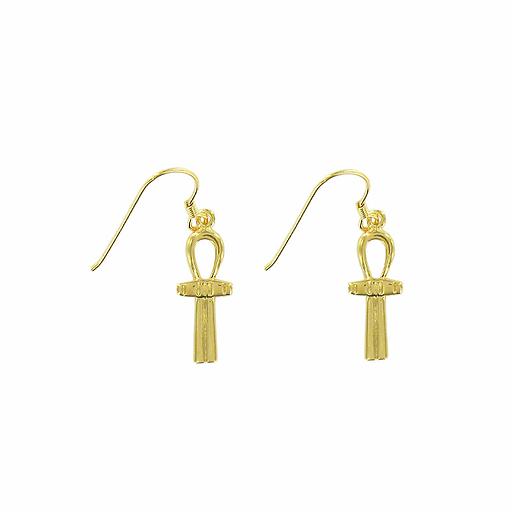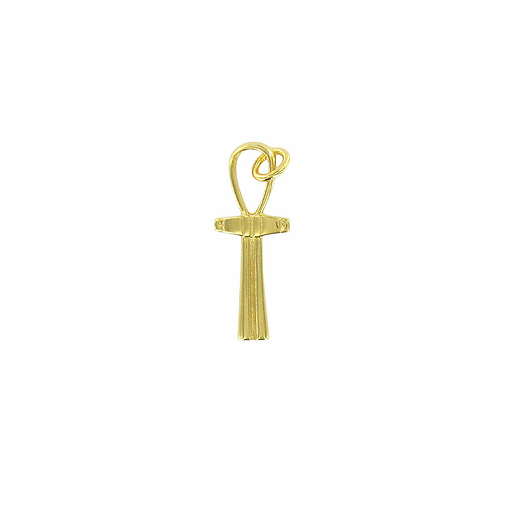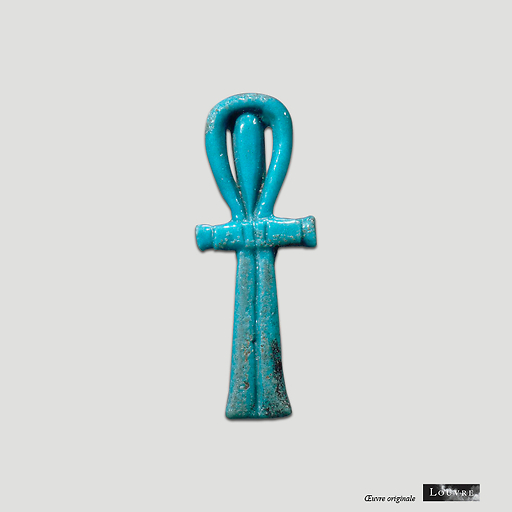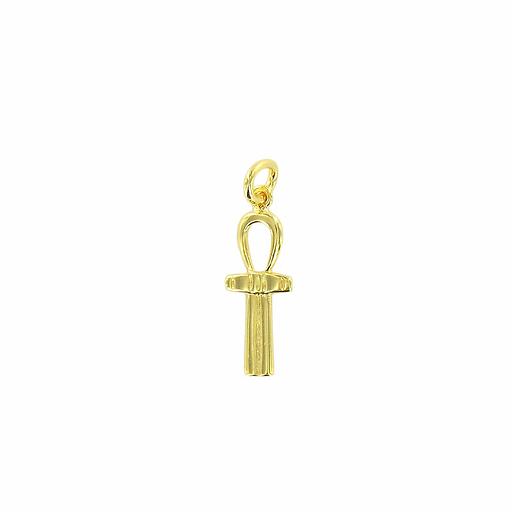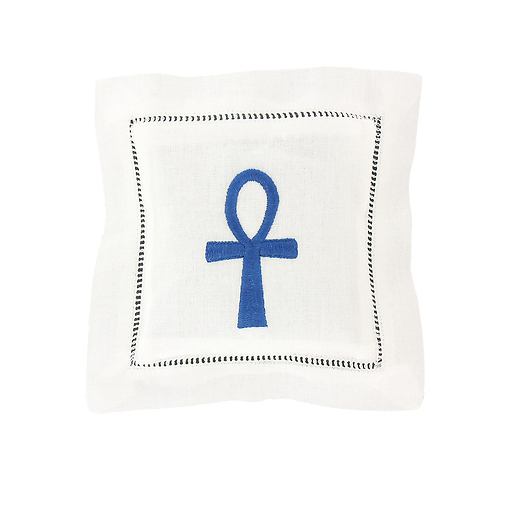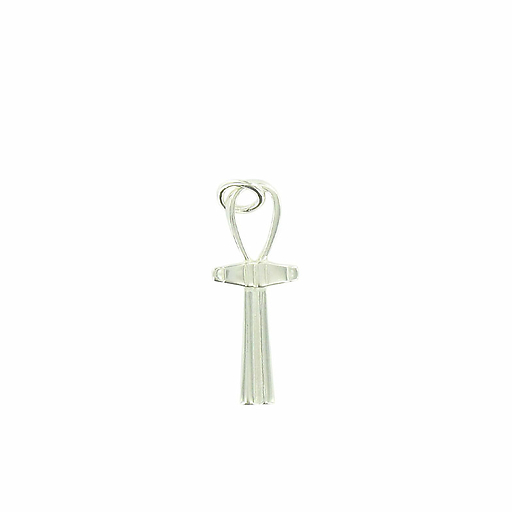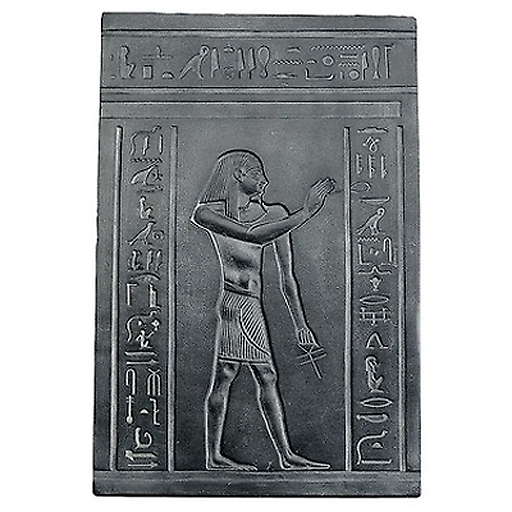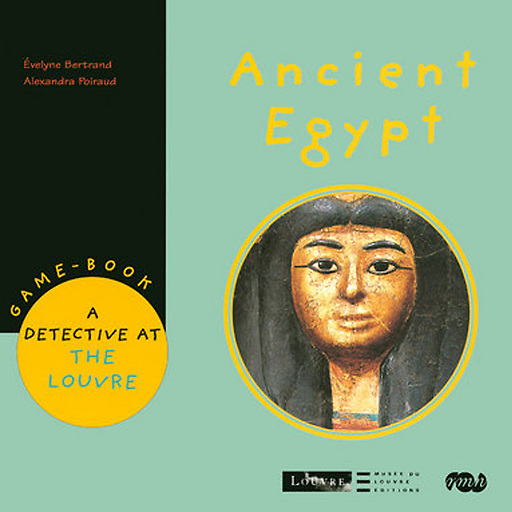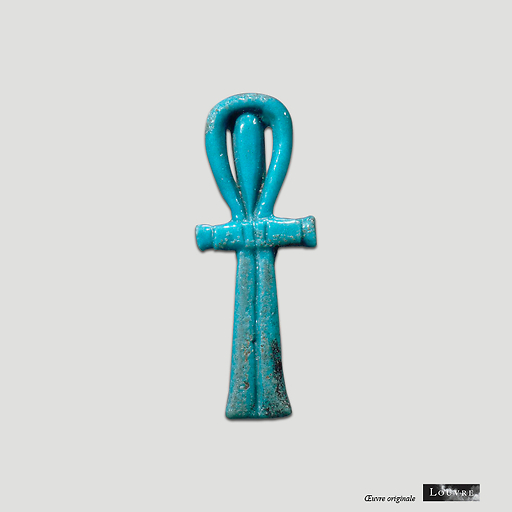The famous "cross of life", as it was called by its contemporaries, probably did not represent a cross, but rather a loose knot, like on a belt or a sandal strap. In the long list of hieroglyphs, this sign stood for the words "life" and "to live". It was pronounced "ankh" in ancient Egyptian.
The symbol...
Read more
The famous "cross of life", as it was called by its contemporaries, probably did not represent a cross, but rather a loose knot, like on a belt or a sandal strap. In the long list of hieroglyphs, this sign stood for the words "life" and "to live". It was pronounced "ankh" in ancient Egyptian.
The symbol of life has been found on the walls of temples and tombs, and on statues, but only in the hands of a god. This was not a symbol of earthly life, but rather of a power greater than death, an eternal life with which the gods were naturally endowed. They transmitted this power to the pharaoh by holding the ankh symbol close to the nostrils of the king, who thus received its marvellous properties through the very air he breathed, the breath of life.
The ankh sign was not among the basic amulets and good luck charms. It was also relatively rare in decorations used in everyday life.
The early Egyptian Christians took up the sign, accentuating the roundness of the loop, and turned it into a Christian symbol. This ancient symbol, the image of an eternal and divine life, was thus merged with the redeeming cross of Christ.
Close
